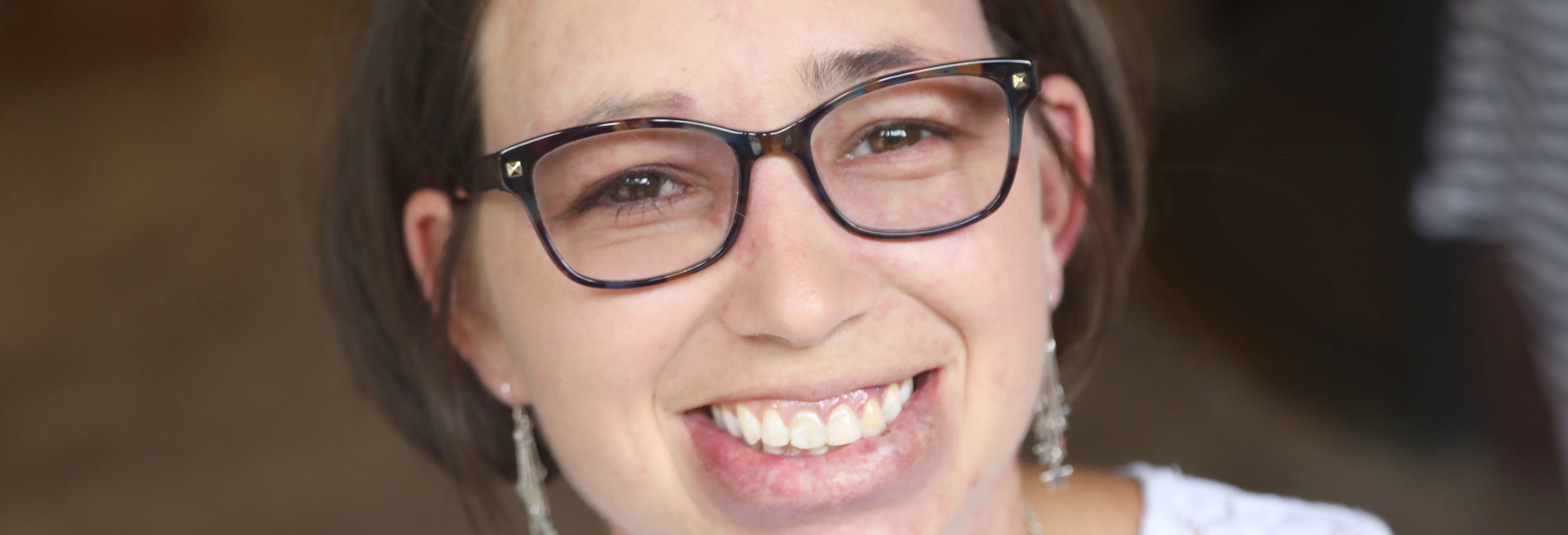
Clinical characteristics of glaucoma are fairly uniform. Glaucoma represents a spectrum of processes whose endpoint is ocular pressure causing damage to the optic nerve and subsequent visual field loss. This optic nerve damage usually occurs in the presence of clearly elevated pressure within the eye but can occur at nearly any pressure level. Various anatomic, physiologic, and genetic factors play a role in the development of glaucoma and all are addressed during the course of a thorough evaluation.
Unfortunately, any optic nerve damage already caused by glaucoma is not reversible. The role of the ophthalmologist is to identify the presence of glaucoma or risk factors for developing glaucoma as soon as possible and to initiate appropriate therapy when indicated. The goal of treatment is the preservation of vision. Since symptoms cannot be noticed by the individual until at least half the nerve has already been damaged, early diagnosis is crucial. The purpose of this article is to briefly describe the main components of a glaucoma examination and to familiarize readers with several of the instruments and procedures utilized in an attempt to accurately diagnose this disease.
History of Glaucoma
As with any medical evaluation, a patient history is important for establishing the duration of the illness, any symptoms, and the efficacy of previous therapy. A family history is also obtained. In addition, general medical health, systemic illness, and current medications are also addressed. For younger patients, pregnancy, birth, and perinatal historical information should be obtained. The ophthalmologist is responsible for taking an ophthalmic and medical history as part of the examination.
Vision Testing
Patients undergoing an eye examination must have their vision checked. Vision testing is possible on patients of any age, including infants. Both distance and near vision are often checked using a wall, or projected, eye chart. Patients with poor vision may be asked to count fingers or detect the presence of motion or light. More specialized techniques are required to assess the visual acuity of infants and pre-verbal children.
Refraction
Refraction is the determination of spectacle correction. That is, the determination of the glasses prescription that is required, if any, to allow a patient to obtain their best distance and near vision. Older children and adults are often placed behind a phoropter, a device that contains many optical lenses for determining the eyeglass prescription. The patient is asked to look through this device at an eye chart while a retinoscopy is performed. The ophthalmologist holds a retinoscope which produces a linear streak of light. The optical principles of this device, combined with changing the lenses in the phoropter, allow the ophthalmologist to determine the best spectacle correction.
Pen-light Examination
Most ophthalmologists will use a hand-held light to check pupillary function. The assessment of this function can provide important information about the function of the nerve. Abnormalities of pupil function may occur in cases of advanced unilateral optic nerve damage from glaucoma and other diseases.
Slit-lamp Biomicroscopy
The slit-lamp biomicroscope is the piece of equipment most commonly associated with an eye examination. This large device is usually mounted to the stand attached to the examination chair and is swung into position in front of the patient. The “slit-lamp” is able to produce light of varying intensity, shape, and color while the examiner looks through the microscope, which is able to produce a high magnification of the ocular structures. Direct observation of the ocular tissues performed under the varied illumination conditions created by the slit lamp allows visualization of the anatomical structures on the surface and within the eye. Smaller, hand-held versions of this device are available for the examination of infants and patients who cannot sit in the examining chair. The slit lamp is also important for measuring intraocular pressure.
Tonometry
Tonometry is the measurement of the pressure within the eye. Although there are many available methods for performing this task, most ophthalmologists use Goldmann applanation tonometry or electronic applanation tonometry. Goldmann applanation tonometry is performed by pressing on the cornea of an anesthetized eye with the tonometer, a small device attached to the slit-lamp biomicroscope. The pressure required to indent the surface of the eye is translated into a numeric value given in units of millimeters of mercury. Electronic applanation tonometry requires the use of a small, hand-held device called the TonoPen®. This device is also placed directly against the surface of the eye and is able to use ultrasound to determine intraocular pressure. This device is somewhat less accurate but is very useful for small children since it is much more portable and practical to use.
Gonioscopy
Gonioscopy is the term for direct visualization of trabecular meshwork within the eye that is responsible for the drainage of the intraocular fluid. This structure is not directly visible under slit-lamp evaluation. Specially mirrored lenses, called gonio lenses, are placed on the surface of the anesthetized eye to visualize this. This test can be critical for both classifying the type of glaucoma and for identifying any anatomic abnormalities that may affect therapeutic decision-making.
Ophthalmoscopy
Involves the examination of the optic nerve, retina, and posterior structures of the eye. After dilating drops are given and the pupil opens sufficiently, the ophthalmologist will often don a piece of headgear, the indirect ophthalmoscope, which contains a light source and eyepiece. When combined with hand-held condensing lenses, a magnified image of the retina can be viewed. Additional hand-held lenses can be used at the slit-lamp biomicroscope so that a highly magnified image of the posterior retina and optic nerve can be obtained in greater detail. This is the best method for obtaining a stereoscopic view of the optic nerve and for classifying the degree of optic nerve head cupping, or damage. Direct ophthalmoscopy utilizes a small, hand-held device called the direct ophthalmoscope to evaluate the optic nerve and posterior retina. This device produces a highly magnified image but is unable to allow visualization of the structures in a stereoscopic fashion.
Perimetry
Perimetry is the process of determining a patient’s visual field status. The visual field is a graphic representation of optic nerve function. Glaucoma causes damage to the optic nerve that usually results in characteristic visual field loss. Although other abnormalities within the eye including corneal disease, cataracts, and retinal disease may result in concomitant visual field loss, these are usually identified during a clinical examination. Perimetry can be performed by automated machines, or manually with the Goldmann perimeter. Although there are benefits to each type of perimetry evaluation, both techniques require considerable patient concentration and attention. Accurate testing is not possible in pre-verbal children or infants for this reason.
The glaucoma evaluation involves multiple procedures utilizing many different pieces of equipment. It is a time-consuming process that requires the skill of the ophthalmologist for both examination and interpretation of the results of testing. Since patient cooperation is critical for a complete and thorough evaluation, small children and infants often require these evaluations under anesthesia in the operating room. No matter how the examination is performed, it is anticipated that the end result will be an accurate diagnosis of the type and severity of optic nerve damage and the development of an appropriate treatment plan.







